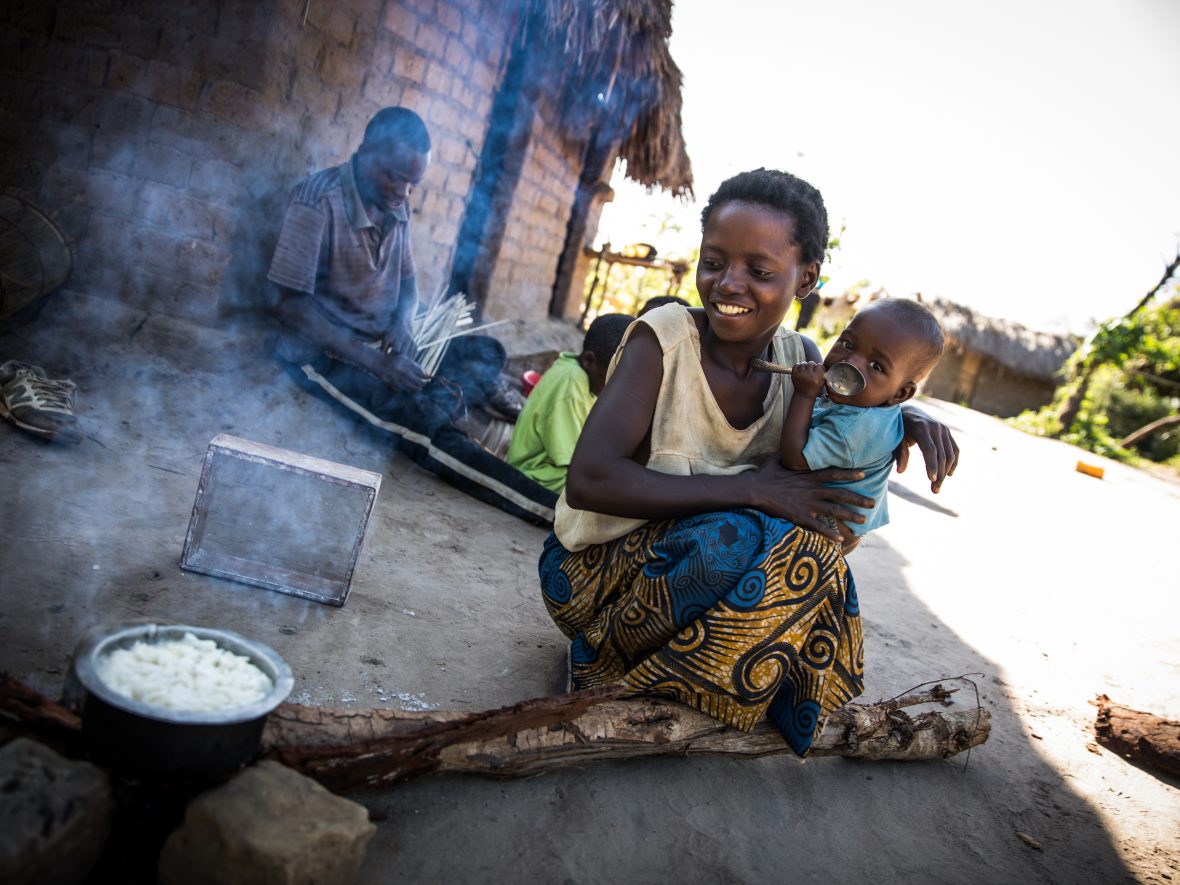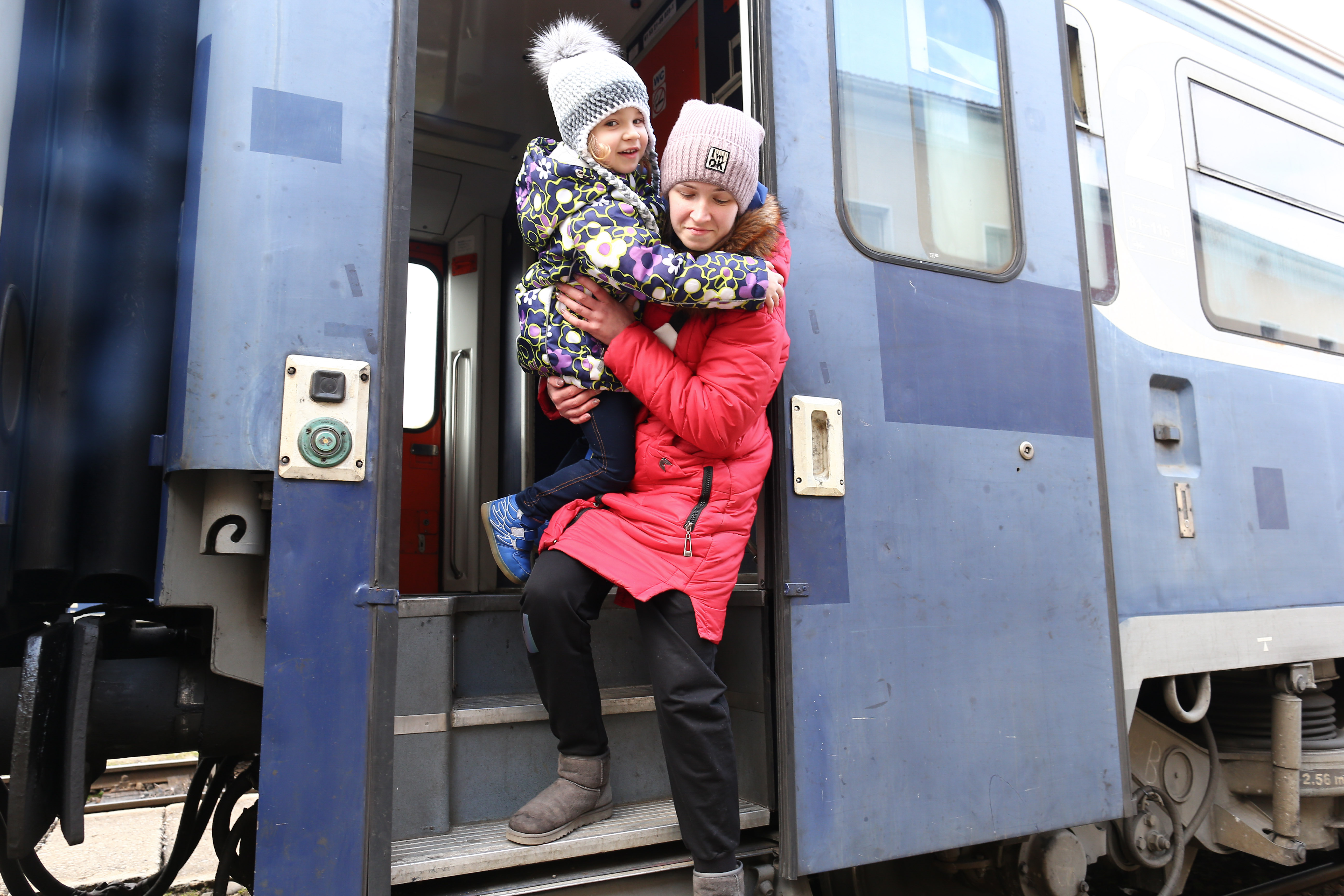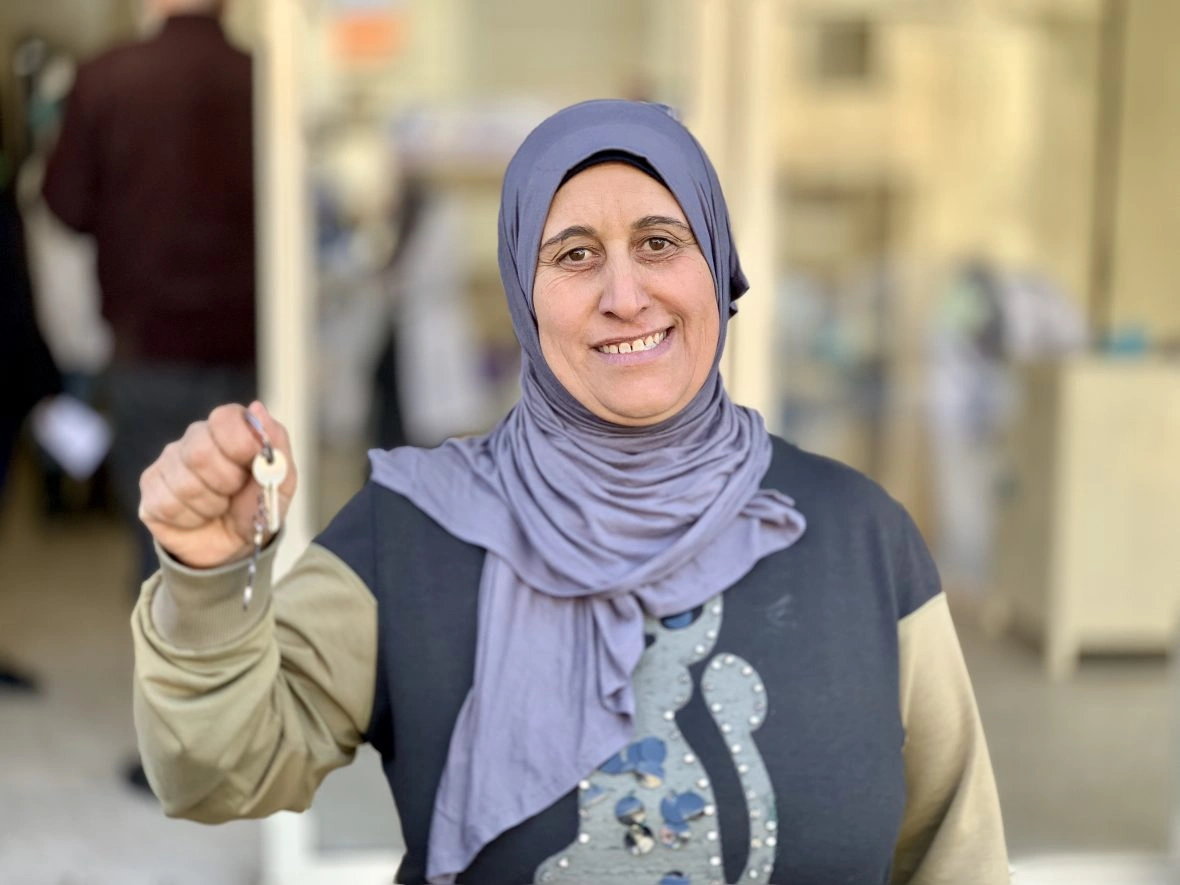News
Which countries are taking in the most refugees in 2025?
A common misconception is that refugees are flooding from Africa and Asia into Europe and North America. In most cases, they seek refuge in the closest neighboring country.
Read MoreWe are currently living in the largest global refugee crisis in recorded history. 37.6 million refugees are displaced around the world due to conflict, violence, and persecution. This is more than triple the number of refugees we had in the world a decade ago.
As this crisis has grown, so has misinformation surrounding refugees. Here, we debunk six of the most dangerous refugee myths — and offer six facts about refugees to know in their place.
Actually, 75% of refugees around the world are in low- and middle-income countries. According to the latest data from UNHCR, 69% of refugees are hosted in neighboring countries.
Getting out of a country is a huge financial and logistical endeavor for many refugees. Once they arrive in a host country, it can also be difficult to move on to a third country, either due to legal restrictions on movement or the fact that they spent most of their savings getting out of their country of origin.
The best chance most refugees have for moving to a country like the United States is resettlement. This happens when their fundamental human rights (or lives) are still at risk in their host community. The UNHCR will work to resettle these refugees in a third country. In 2023, they submitted over 155,000 resettlement applications.
This couldn’t be further from the truth, despite how common the characterization has become. As Fatima*, a Syrian refugee mother of four told us from her makeshift home in northern Lebanon. “I miss everything. Living in Syria was bounteous. I liked living near my parents and brothers and sisters.”
For many, the decision to leave everything behind is a last resort. Fatima’s village in Syria was surrounded by armed forces and subject to repeated bombings. She tried four times to get her children to safety before succeeding in escaping, thinking they would be gone for just a month. When we spoke with Fatima, she was separated from her husband and parents, who were stuck in their village. Meanwhile, as a single mother, she struggled to provide for her children in Lebanon’s informal displacement settlements. Millions will tell you that there is no system to game.
When you compare the countries that take in the most refugees to the world’s largest refugee crises, a few names make repeat appearances. It says a lot about the state of the world’s humanitarian crises when countries experiencing their own life-threatening emergency situations are seen as viable alternatives to one’s own home country.
The Democratic Republic of the Congo is a good example of this: Following the Rwanda Genocide in 1994, the DRC became a host community to hundreds of thousands of refugees from the neighboring country. It remains host to nearly 524,000 refugees as of the beginning of 2024 (mainly from Rwanda and Central African Republic). However, the DRC has also been the site of an ongoing, decades-long crisis (one that predates the genocide in Rwanda) that has made refugees out of nearly 950,000 Congolese. Meeting the needs of the displacement communities in the country has become increasingly difficult as the crisis in DRC becomes more protracted.

Depending on the country where a refugee is being hosted, they may not even be legally eligible to work. The UNHCR estimates that 70% of refugees live in countries that limit their right to work — often out of concern for the local economy. However, as we’ve seen in the United States, refugee communities often contribute to economies. One recent report from bipartisan organization New American Economy shows that refugees pay billions in taxes, and are more likely to start their own businesses.
Several American laws protect the right to work for refugees living in the United States, but even then it’s not necessarily an easy process. Language barriers and issues with transferring professional licenses and credentials — or even professional skills, make the competition that much harder. A 2021 Pew Research Center analysis showed that, at the height of pandemic-related unemployment in the US was 23% higher for foreign residents of the United States (fortunately, that gap has since closed up).
We’ve gone over the differences between refugees, migrants, and internally-displaced people (IDPs), but it’s worth reiterating it here. While it may all seem one and the same to those of us who live and work in the same country where we were born, these distinctions carry big implications for millions.
Refugees face severe consequences for going back to the areas they leave. Often, they flee without essential paperwork, their belongings, or even family members. International law recognizes this when protecting refugees. “Migrant” is a slightly more flexible term, and for many migrant workers or immigrants, while their own survival may also be at stake, they don’t face the same life-or-death concerns as their refugee counterparts. When we lump these two classifications together, we do a disservice to both groups of people.
We can go back to New American Economy for this. In another study, they compared data from the FBI and the US Department of State’s Worldwide Refugee Processing System. Tracking a decade in which crime relating to refugees was said to have “spiked,” the NAE came to a shocking discovery: Rather than crime increasing in cities most affected by the US refugee resettlement program, it decreased.
Nine out of the ten communities examined by NAE became “considerably safer, both in terms of their levels of violent and property crime.” In the Detroit-adjacent Southfield, MI, host to a large population of Iraqi refugees, violent crime dropped by 77%. In Decatur, GA — a city just outside of Atlanta that’s a popular host community for refugees from Iraq, Burma, and Bhutan — crime dropped by over 62%.
An estimated 47 million forcibly-displaced people are children under the age of 18, according to the UNHCR. Of the 37 million refugees in the world today, 2 million children were born refugees. Many refugee children seek asylum without adult accompaniment or support.

Many of the refugees Concern works with still have the keys to their homes even if, as complex crises and protracted conflicts become the norm, this goal becomes less tenable over time. Syrian refugees, largely living in Türkiye, Jordan, and Lebanon, have effectively put their lives on hold for nearly a decade and a half without a sign of resolution. Afghan refugees have spent generations living in host communities in Pakistan.
As we saw above, many refugees leave thinking they will be gone for a few weeks or months. No matter how long it takes, many — like Syrian mother Khadija* — are ready to go back. “I aim to go back to Syria someday, rebuild my home, and use the same keys for it,” Khadija told us from her temporary residence in Lebanon.

Despite ongoing conflict and crisis, more than 1 million refugees returned to their country of origin in 2023, according to the UNHCR. Some were displaced for only a short time, others have returned after years — if not decades — away.
Ensuring that home communities are prepared for the influx of returnees is part of the repatriation process. Part of Concern’s work in Cambodia in the 1990s was helping with the transition to ensure that livelihoods and financial stability remained healthy as millions came home. What began as a small microfinance project at that time was divested to the members in 2003, and is now the largest provider of credit in Cambodia.
Like we said above, a refugee is a legal classification that’s assigned after going through an asylum-seeking process. Different countries have different procedures, but there is still a process that must be followed.
There also has to be a specific criteria for seeking asylum as a refugee. For guidance, the 1951 Refugee Convention defines a refugee as anyone who “is unable or unwilling to return to their country of origin owing to a well-founded fear of being persecuted for reasons of race, religion, nationality, membership of a particular social group, or political opinion.”
That said, our humanity is more fragile and tenuous than it may seem. As we’ve seen in the last few years, an event beyond our control can upend our lives. Before civil war broke out in 2011, Syria had a thriving middle class. While many of us will never experience what tens of millions of Syrians have, the crisis in Syria is a reminder that it can happen to anyone. We owe our support and understanding to those who have had to make the impossible decisions.

Emergency response is part of Concern’s DNA and working with refugee communities in this context has become a core skill for our teams over the last six decades. We work with both refugee communities and host countries to ease the pressure that mass displacement can put on a host community. In addition to meeting the frontline needs — including food, shelter, protection, and other non-food essentials — we also work with refugees on longer-term initiatives, including skill-building and livelihood development and psychosocial support.
We also put a special focus on the needs of child refugees (who make up 40% of the global refugee population), including education, family support, and providing safe spaces where they can play and enjoy their childhood.
Last year, we responded to 66 emergencies in 20 countries, reaching nearly 15.5 million people. This included: